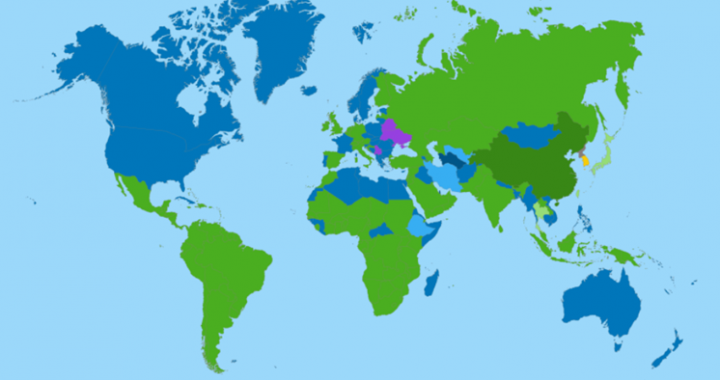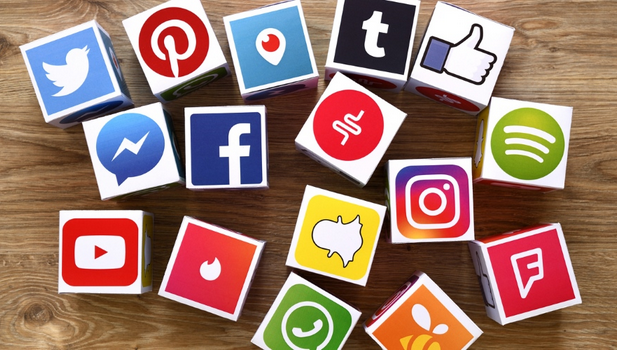(First Published On Medium January 2020) Throughout 2019 one thing that is obvious about the OSINT community is how much work people do in their own time and how willing they are to share their work. So I decided that over the Christmas Holidays I would look at the many messenger apps that are available … Read More “OSINT & Messenger Apps” »
Month: January 2020
(First Published January 2020) Now, I am not a fan of Facebook purely from a privacy perspective. I can see the appeal of social networking platforms like Facebook. I have an acquaintance who recently decided to set up a Facebook account as a friend he knows was moving to country where Facebook was the only … Read More “Facebook Lockdown” »
(First Published January 2020) For my first blog of the New Year. I wanted to do a small introduction as to why I felt the need to write blogs relating to privacy in the modern world and how it relates so closely to OSINT (Open Source Intelligence), Social Engineering & inadequate security measures. In the … Read More “A New Year, New Privacy” »



